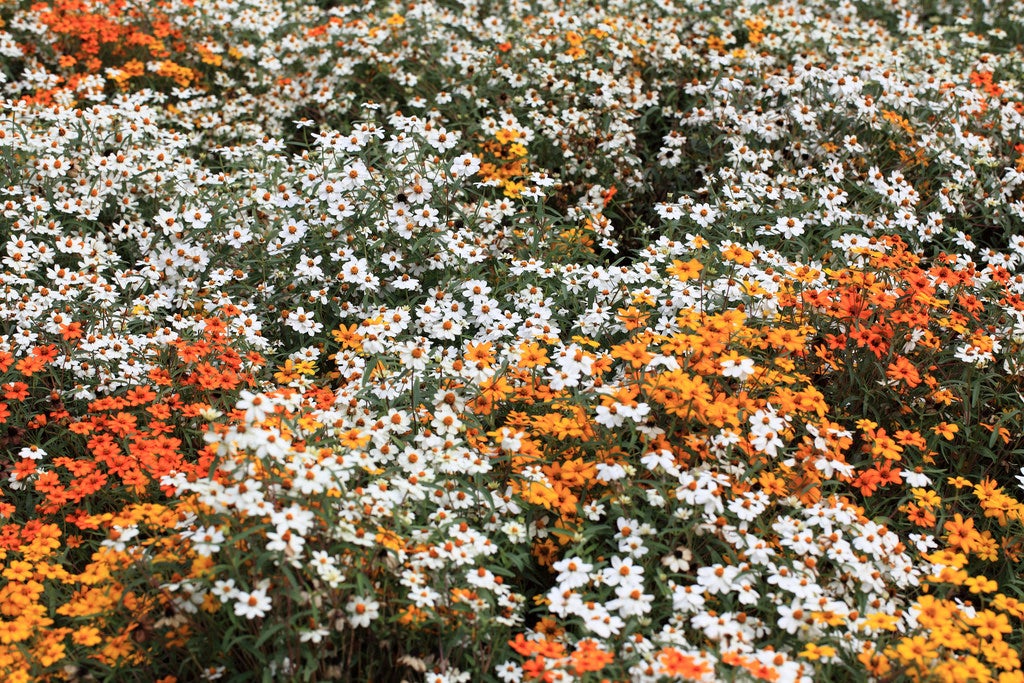Creeping Zinnia Info: How To Grow Creeping Zinnia Flowers


Easy to plant with long-lasting color, you should consider growing creeping zinnia (Zinnia angustifolia) in your flower beds and borders this year. What’s so special about it? Read on for more information.
Creeping Zinnia Info
Also called narrow leaf zinnia, several colors of flowers appear as daisy-like blooms. Foliage is thin leaved and attractive while waiting for the flowers to open. Grow them as a showy groundcover or border specimens. The plants are low maintenance too.
This North American native attracts butterflies and is great for cut flowers. Flowers bloom in white, red, orange, yellow, and pink. Warmer zones may grow them as perennials, or self-seeding annuals, and plants sometimes return in colder areas from dropped seeds.
Growing Creeping Zinnia Plants
Learning how to grow creeping zinnia is simple. Grow the plants from seed direct planted in the ground in autumn or sow indoors in late winter. When planting seeds, space them 6 to 9 (15-23 cm.) inches apart. Some local nurseries carry inexpensive seedlings.
Plant in a full sun area where several flowers display on a bushy, multi-stemmed plant. Morning sun is preferable, especially during hot summer days. These are drought tolerant, but a weekly watering helps keep them at their most attractive.
Plant in loamy, well-draining soil that retains moisture, if you can. An attractive mulch can help hold water even longer.
Deadheading is not needed as part of creeping zinnia care but may encourage new blooms more quickly. Pruning at the top will encourage more side shoots but is not necessary if the plant gets the right conditions.
Sign up for the Gardening Know How newsletter today and receive a free copy of our e-book "How to Grow Delicious Tomatoes".
Regular fertilization with a high phosphorous food keeps blooms coming and makes them last longer. It is not unusual for the creeping zinnia to bloom from spring until frost and longer in climates without frost and freeze.
Creeping zinnia info says there are no serious pest problems with the specimen and that it offers excellent resistance to common strains of powdery mildew and fungal leaf spots.
Include this prolific bloomer in your landscape this year for color and low-maintenance beauty. As with all zinnias, you’ll be impressed with its colorful blossoms and ease of care.

Becca Badgett was a regular contributor to Gardening Know How for ten years. Co-author of the book How to Grow an EMERGENCY Garden, Becca specializes in succulent and cactus gardening.